Beth Lipman's Memento Mori
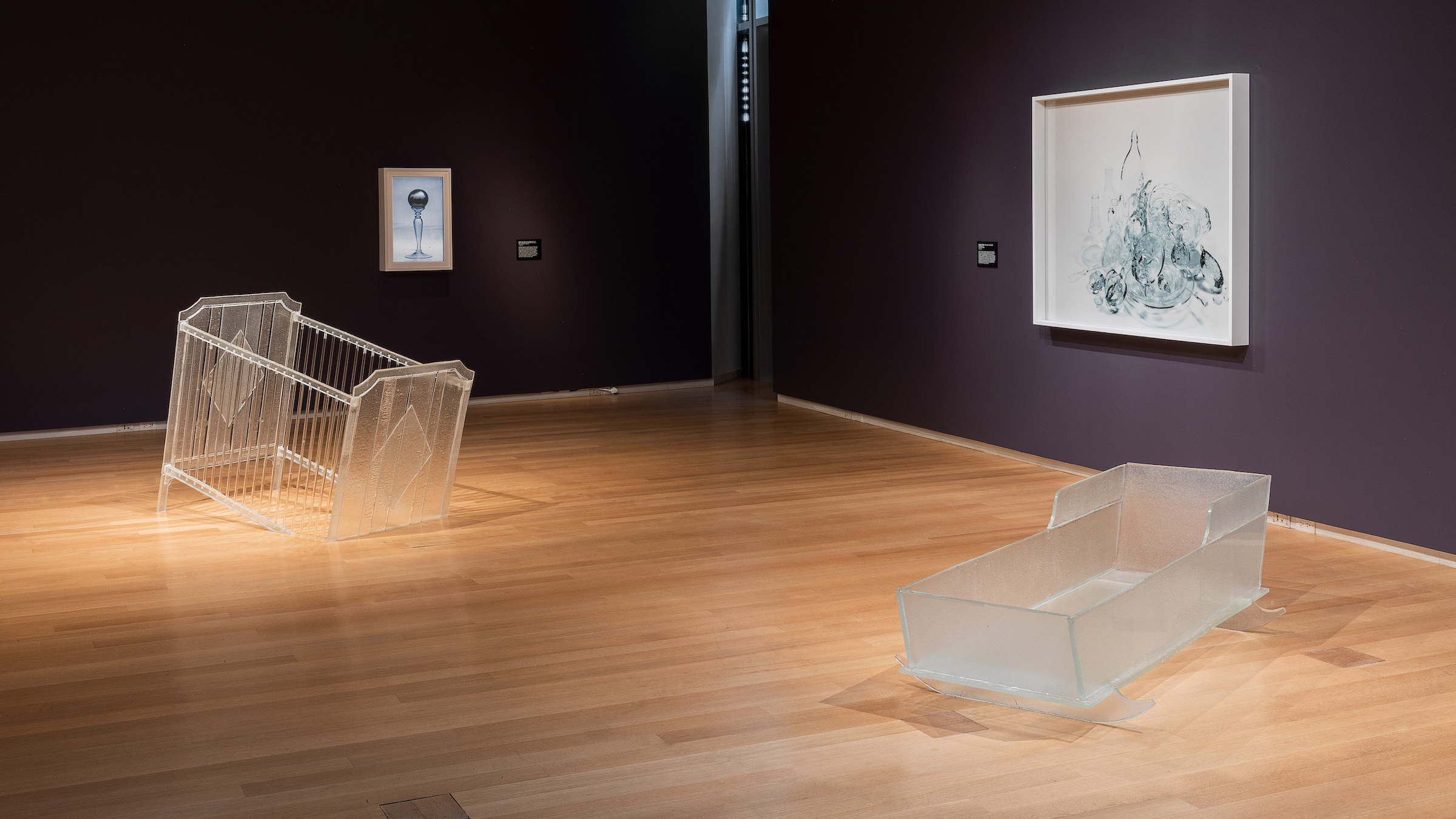
It’s October and here, in the Northern hemisphere, the weather is growing crisp and the deciduous trees are transposed by the turning leaves into an unparalleled fiery spectacle. If we pay attention, the season brings with it that quiet feeling that can perhaps be described best as nostalgia, but is most likely a subconscious awareness of time marching forward and the settling in of darkness. With the equinox behind us, we’ve moved on to a period when night is longer than day, darkness more potent than light, and a growing introspection takes over from the busyness of summer.
While this season is marked most commonly by a commercialized Halloween, or All Hallow’s Eve in the United States, this time of year is also celebrated with spiritual and religious festivals from our various cultures––All Saints and Souls Days, Día de Muertos, and Samhain, to name a few––that serve as events for contemplating death and the afterlife. Additionally, there are myths of transformation, meant to pass down generational wisdom regarding both the cycles of the seasons and of the individual. One such well-known Greek myth is that of the goddess Persephone’s abduction and descension into Hades (fig. 1), where she is tricked into eating six pomegranate arils that bind her to the Underworld for six months out of the year. In her grief Persephone’s mother, Demeter, goddess of the harvest, allows the crops to fallow and die for the winter, thus establishing the cycle of the seasons. And so the ouroboros eats its tail, consuming itself until spring’s rebirth.
For twenty years, American artist Beth Lipman has explored ideas of mortality and temporality through iconography rooted in art history, particularly still-life painting and the decorative arts. Historically, artistic or symbolic reminders of death are known as memento mori (fig. 2), which literally translates to “remember you must die.” Although material ruminations on death have existed throughout human history, such objects had a heyday during the Victorian era, when the Western world’s relationship to death and its rituals was more intimate and present than it is now. During and prior to that period, care of the departed was undertaken by the female members of one’s family; this included the preparation and laying out of the body in the home so that the family and community could say final goodbyes. As a result of this close proximity to the body and the associated rituals, death was less mysterious and more matter-of-fact than it is today, when the professionalization of the death industry—namely the popularity and oftentimes required use of funeral parlors—has led to a removal of the individual from funerary processes. Additionally, the stringent social customs that permeated all aspects of Victorian society resulted in a vast material culture of mourning, which included the use of ritual, clothing, jewelry, and other tokens incorporating the deceased’s hair or imagery such as willow trees and skeletons (fig. 3).
Lipman’s use of this symbolism ranges from the didactic to the poetic and the personal, as seen in her mid-career survey, Beth Lipman: Collective Elegy, now on view at the Museum. While the artist works across materials, glass is undoubtedly central to her practice and the work she is best known for is rendered in this medium. Glass has a spectacular and seductive quality, which has historically led to its criticism in the art world due to a perceived excess beauty. However, it is through this possibility of beauty (though many artists use the material in ways that do not accentuate this quality) that observers may be drawn in and open to receiving the artist’s message. Additionally, glass has an accessibility rooted in the ubiquity of the material, which populates our everyday life from drinking glasses to smartphone screens. Finally, glass has the ability to be transformed. It can move from liquid to solid in a way that no other material can, and it is this transformative quality that speaks most to the consideration of time’s passage in Lipman’s work.
Like her “laid table” installations, Lipman’s early photographs—taken from 2010 to 2013—feature monochromatic glass compositions influenced by sixteenth- and seventeenth-century still-life paintings. By creating physical installations, photographing them, and then destroying the component objects, Lipman deepens her inquiry into the material world and its function, value, and legacy; particularly in relation to the transience of life and impermanence of ownership. In this vein, Candlesticks (2010, fig. 4) is a memento mori: the glasswork has died, and its rebirth as a photographic image implores the viewer to consider the importance of the physical object in relation to a representation or memory. More universally, the guttered candle is a well-known symbol of death; the extinguished candle representing extinguished life.
In contrast, Margin for Error: Crib and Cradle (2014, fig. 5) doesn’t rely on such symbols, but instead speaks to the subject matter through the use of familiar household objects, a crib and cradle. By using relatable furniture forms, Lipman asks us to contemplate the cycle of life from birth to death and the similar states of vulnerability and nakedness in which one enters and exits the world. The crib tilts downward, propelling its inhabitant toward childhood, adolescence, adulthood, and old age, at which point the cradle awaits occupation. Modeled after Shaker forms for rocking the ill or moribund, the cradle represents the inevitable mortality we all must face. The softness of the ethereal cast glass mirrors the sensitivity and care inherent in the act of rocking the dying—an action usually reserved for comforting infants, while the work simultaneously emphasizes the universality inherent in the journey to death.
Finally, Whatnot 1 (2010, fig. 6) takes a cue from Victorian customs and the artist’s own personal experiences with loss to present a more direct meditation on themes of death. Lipman lost more than one friend during elementary school, an experience to which she attributes her preoccupation with themes of death and the urgency she feels when making art. Whatnot 1 takes the form of a Victorian étagère, or open multi-tiered shelving unit used for displaying personal objects. Lipman’s corner shelves are filled with casts of personal mementos given to her by artist friends, as well as ubiquitous motifs, such as an hourglass, urn, and human head (in exchange for a skull). She made the work, and its pair Whatnot 2, during a difficult pregnancy with her twin daughters. In addition, she diverged from her use of colorless glass and rendered the work in monochromatic black glass, a reference to Victorian mourning culture, the popularity of silhouette portraits during that period, and the artist’s own fear of losing her daughters.
In the wake of 2020’s international Covid-19 pandemic, I now view Lipman’s memento mori with even greater awareness of the vulnerability of human life. Nothing can reverse the tragic and premature loss of those 200,000 plus Americans and over one million worldwide. My hope is that in some small way Lipman’s art can become a modality for understanding our current situation and perhaps offer a lens through which to locate ourselves in history. To understand that we are not alone in our fears, in our circumstances. To be frank, I hesitate to write these words as we are still much too deep in this complex, harrowing situation, to fully contemplate it. I do, however, want to share this line of inquiry in hopes that something of value may be found. In these turbulent times, Lipman reminds us of a long tradition, and to that end, Collective Elegy may endow us with a possible map for our collective futures.
—Samantha De Tillio, curator of collections
Beth Lipman: Collective Elegy is currently on view through April 4, 2021. The exhibition catalog will be published in January 2021
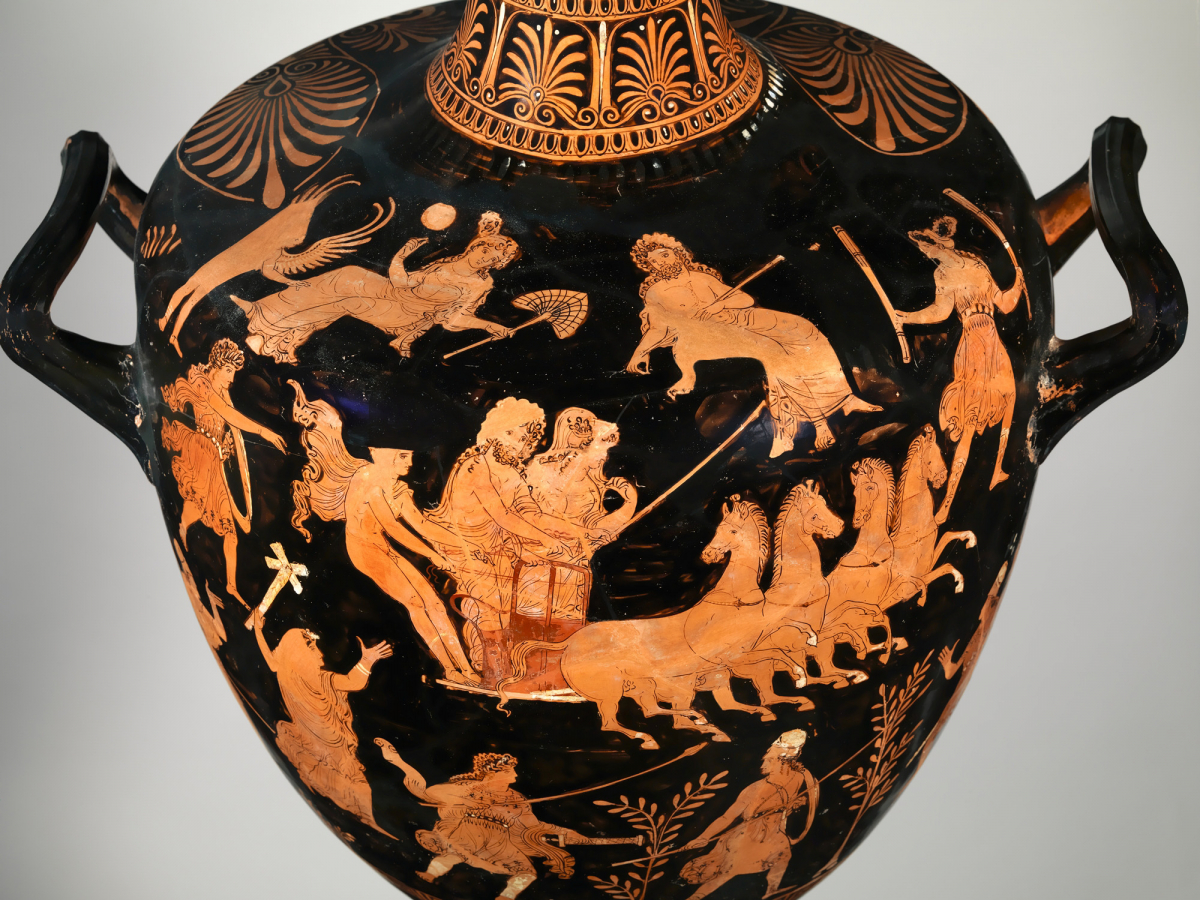
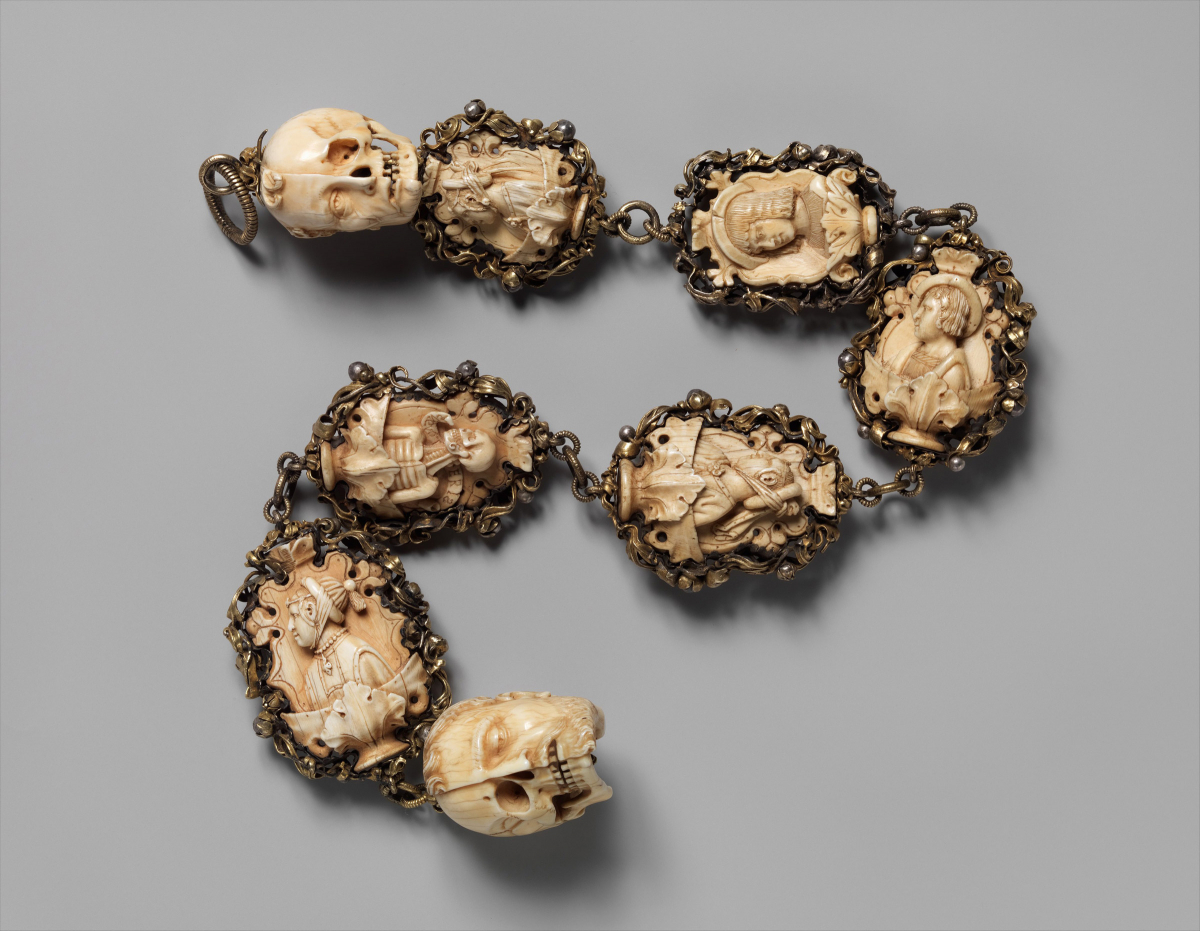
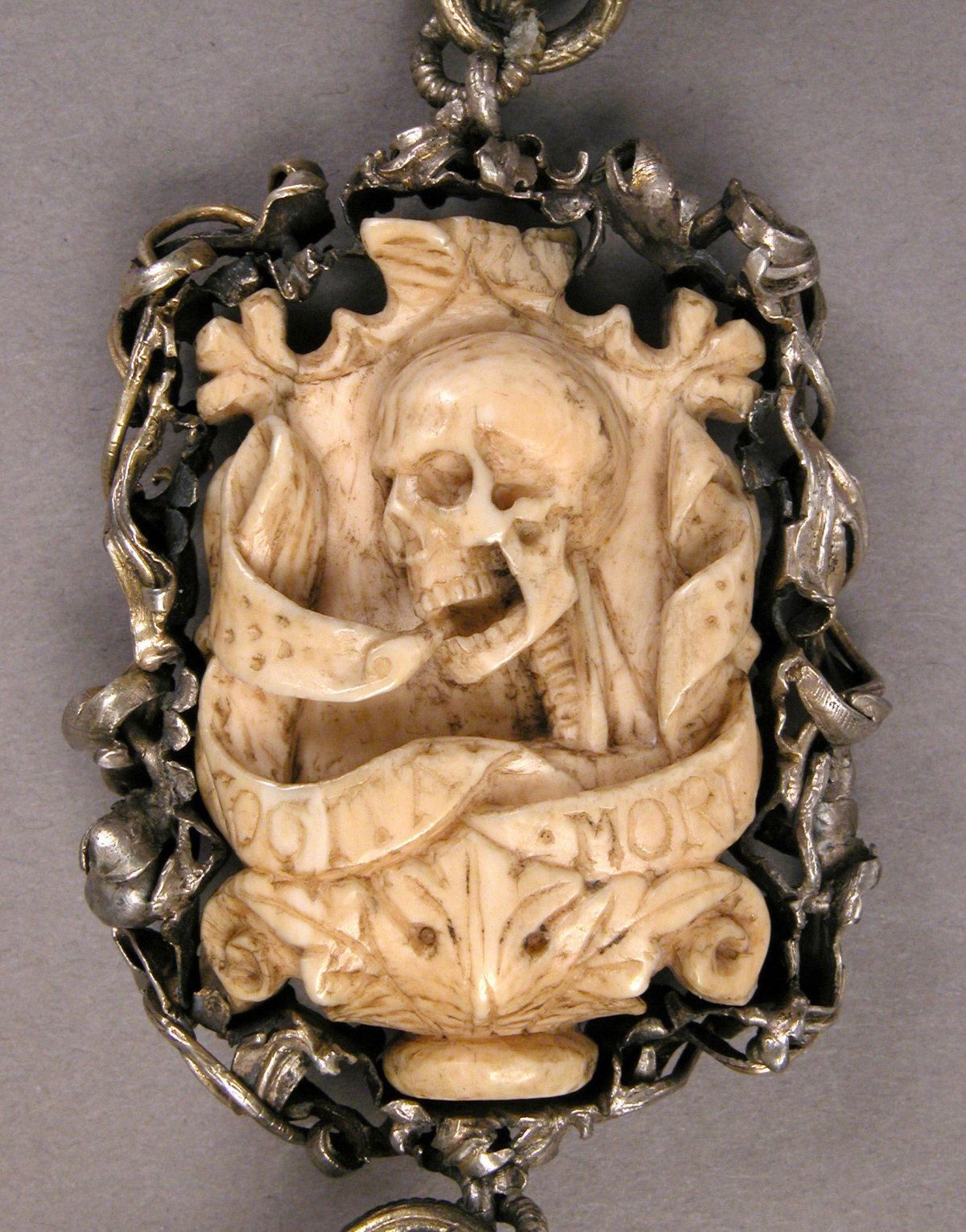
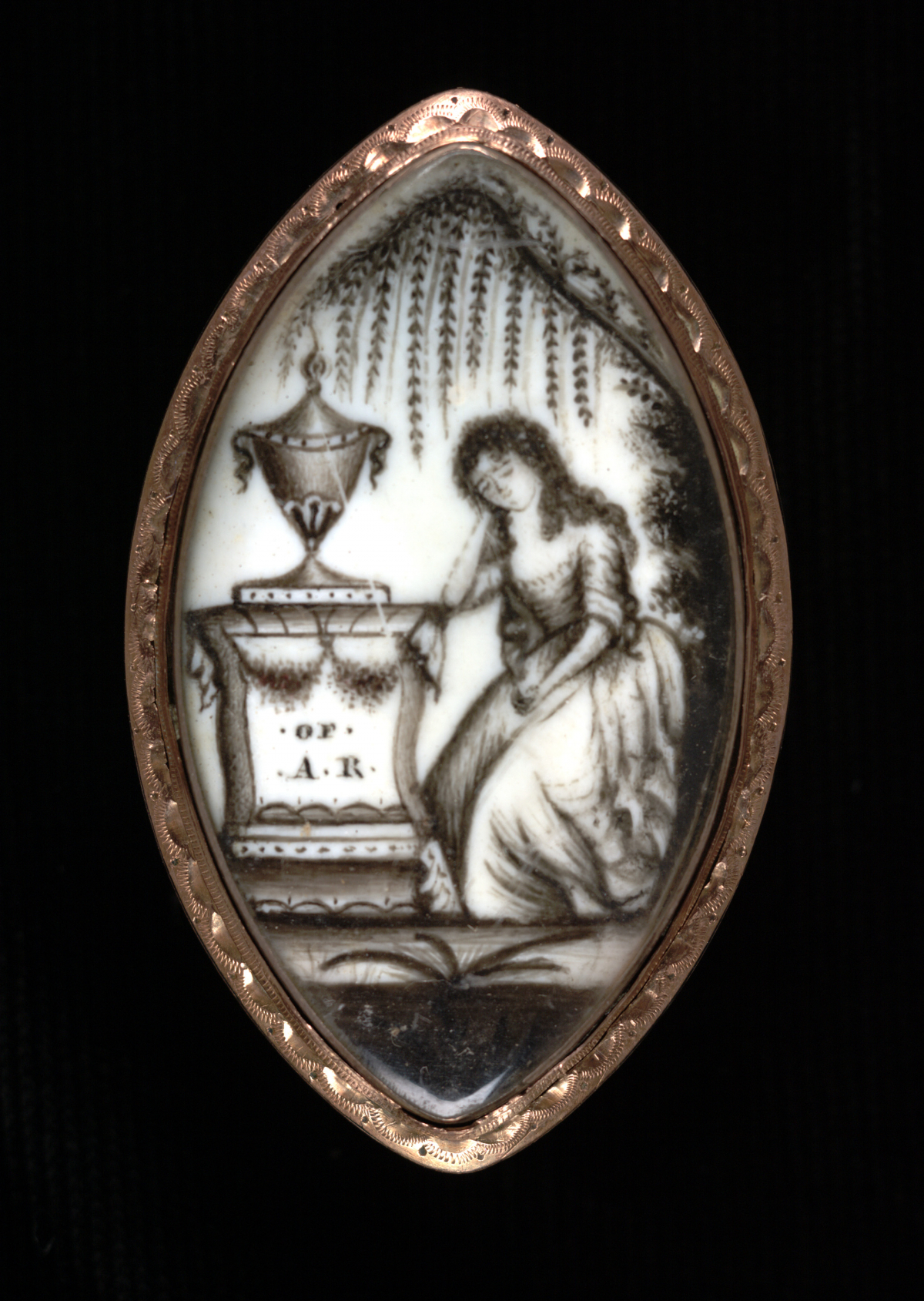
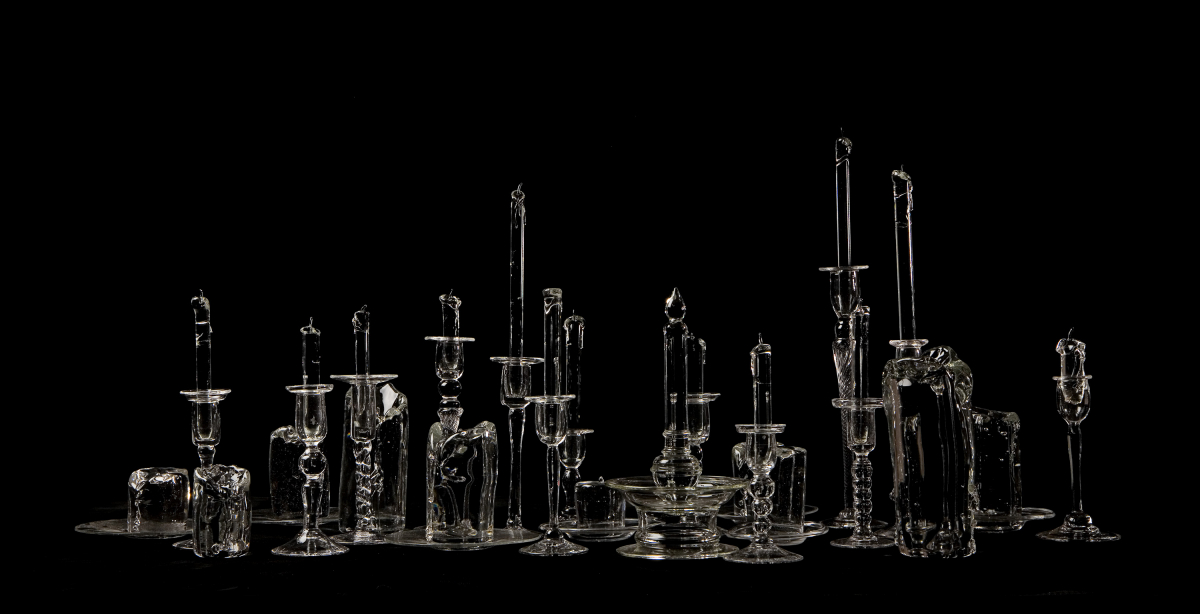
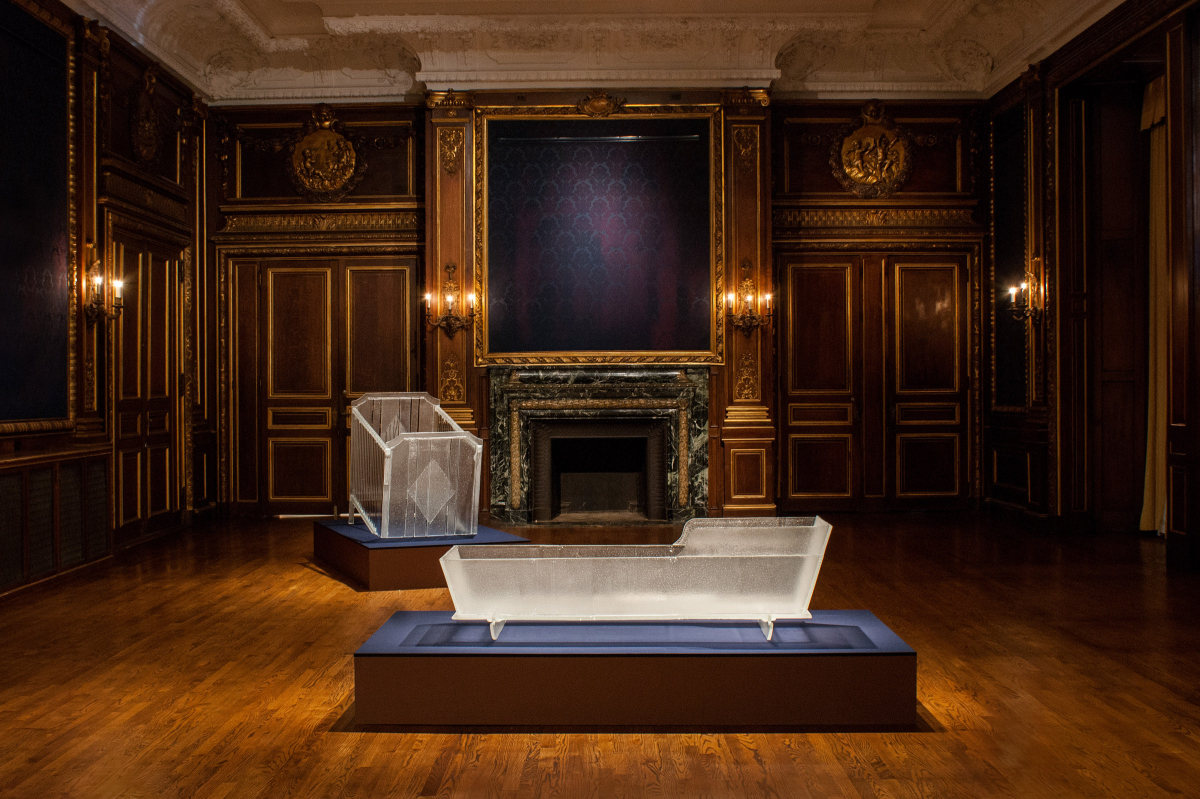
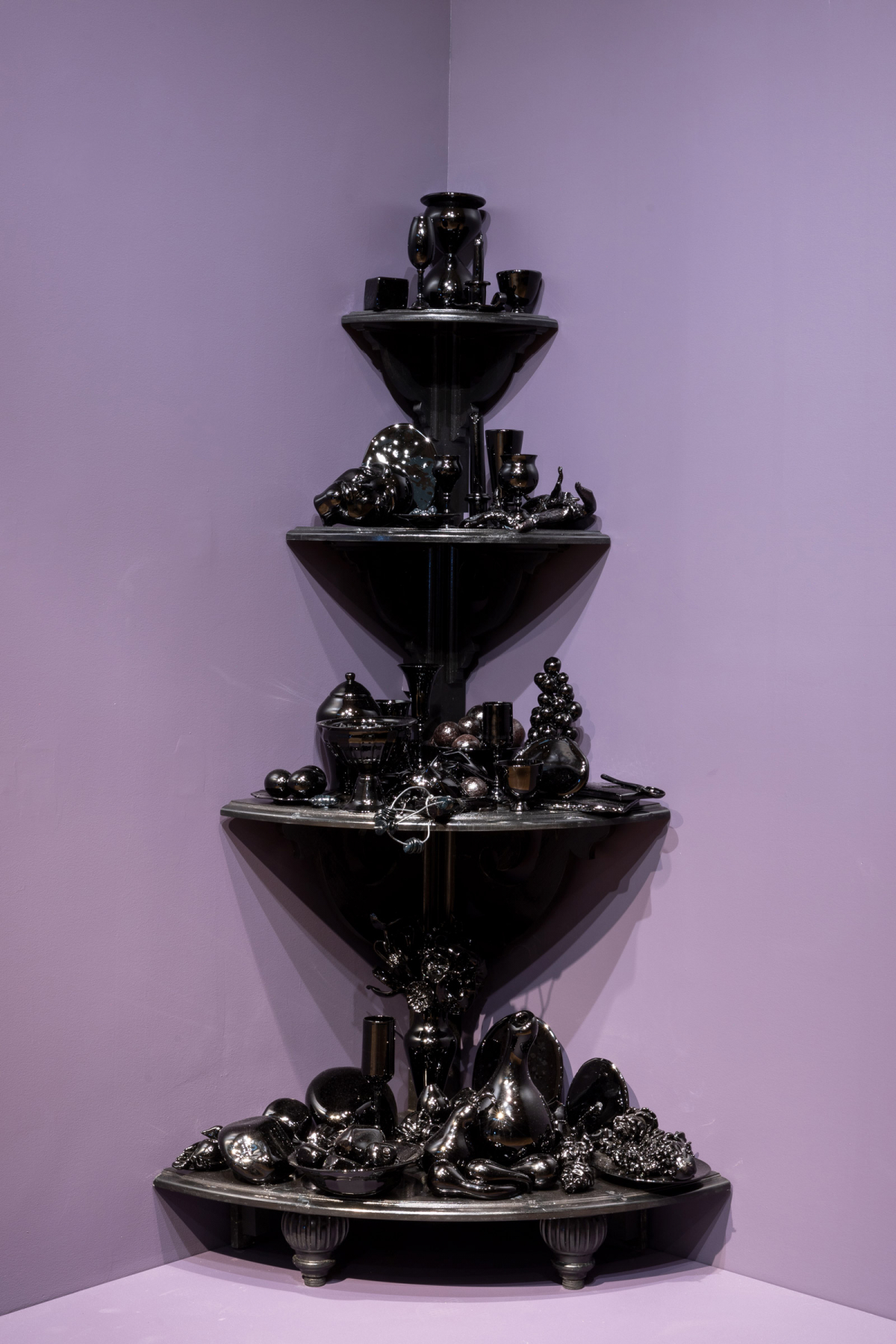
Subscribe
Join our mailing list.
Join
Become a member and enjoy free admission.
Visit
Find out what's on view.